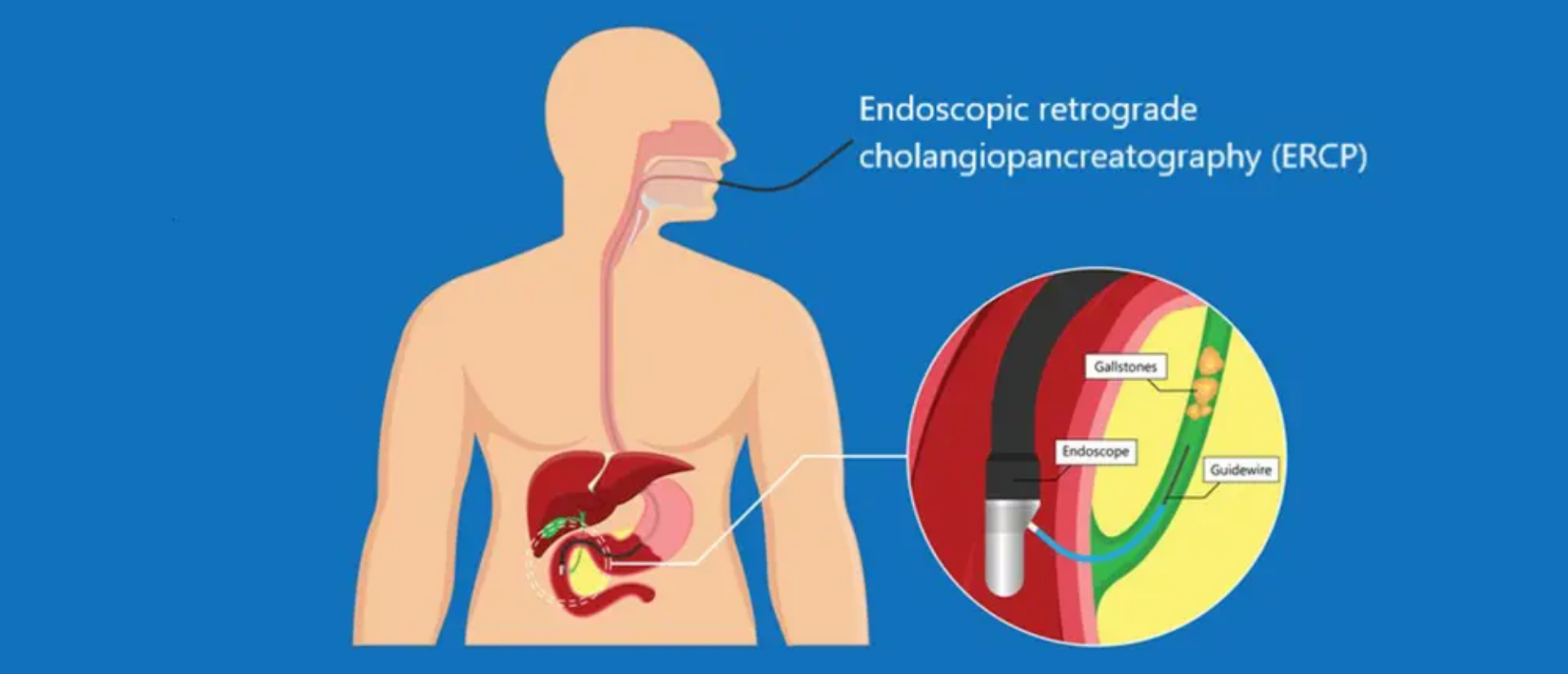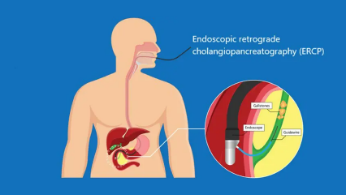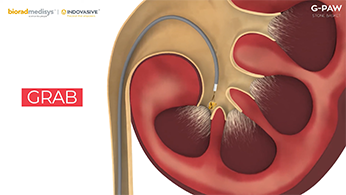ERCP is a minimally invasive endoscopic procedure that combines both endoscopy and fluoroscopy to visualize and treat issues within the bile ducts, gallbladder, and pancreatic duct. It allows healthcare professionals to obtain detailed images of these structures and, when necessary, perform therapeutic interventions.
The Procedure
Preparation: Before undergoing ERCP, patients are typically asked to fast for several hours to ensure a clear view during the procedure. Sedation is often administered to enhance comfort.
Insertion of Endoscope: A flexible, lighted endoscope is introduced through the mouth and guided down the esophagus into the stomach and duodenum.
Contrast Injection: A contrast dye is injected into the bile and pancreatic ducts, making them visible on X-rays. This step is crucial for identifying any abnormalities.
X-ray Imaging: Fluoroscopy, a real-time X-ray imaging technique, helps the healthcare provider navigate and visualize the ductal systems.
Diagnostic and Therapeutic Interventions: Once the anatomy is clear, various diagnostic and therapeutic procedures can be performed. These may include removing gallstones, placing stents to relieve blockages, or taking tissue samples for biopsy.
Diagnostic Applications:
Suspected Biliary or Pancreatic Disorders: ERCP is often employed to investigate conditions like jaundice, unexplained abdominal pain, or suspected bile duct or pancreatic abnormalities.
Tumor Identification: It is a valuable tool in identifying tumors or other abnormalities in the bile ducts or pancreatic duct.
Therapeutic Applications:
- Gallstone Removal: ERCP allows for the extraction of gallstones causing obstruction in the bile ducts.
- Stent Placement: Stents can be placed to open narrowed ducts and improve the flow of bile or pancreatic juices.
- Biopsy: Tissue samples can be obtained for biopsy to diagnose conditions like cancer or inflammation.
While ERCP is generally safe, like any medical procedure, it carries some risks. These may include pancreatitis, infection, bleeding, or adverse reactions to sedation. Patients should discuss these potential risks with their healthcare provider before the procedure.
Post-Procedure Care
After ERCP, patients are monitored for any signs of complications. They may experience mild discomfort, bloating, or a sore throat. Serious complications are rare but should be promptly reported to the healthcare provider.













Leave a Reply